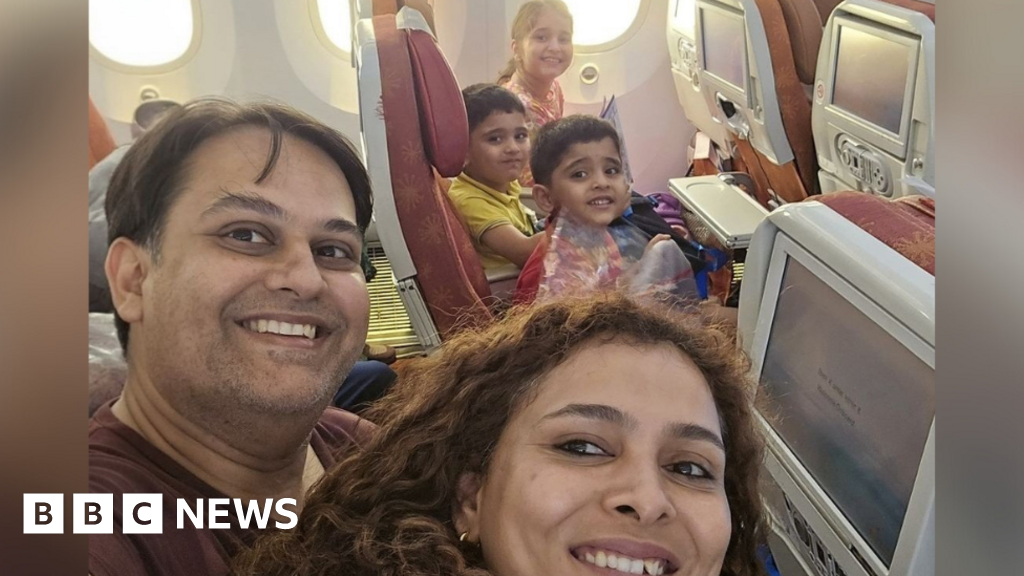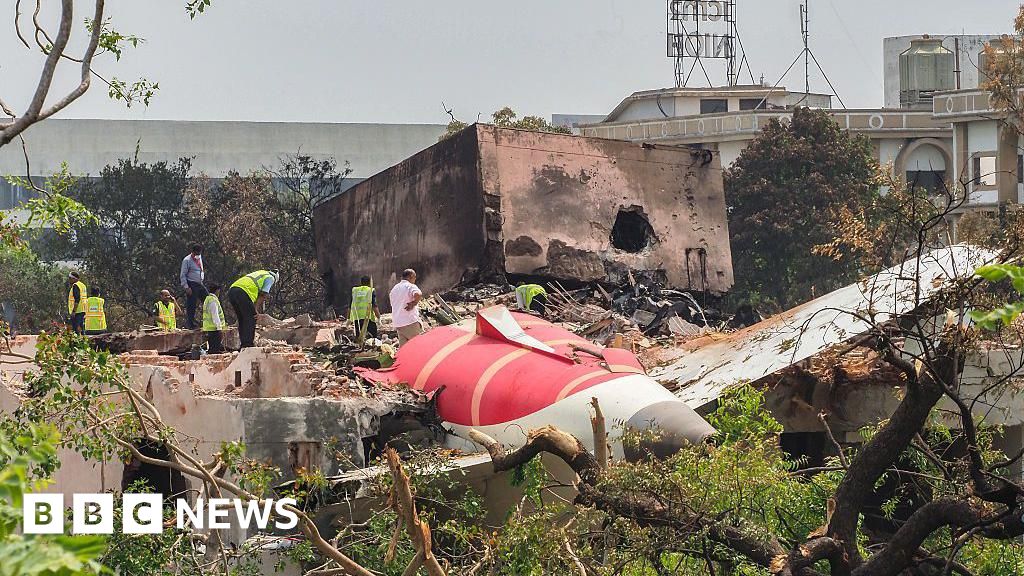Air India 787 Crash: Uncover the Startling Causes & What It Means for Global Travel Safety
Saturday, June 14, 2025

On June 12, 2025, a involving an Air India rocked the aviation world. Flight AI171, which was scheduled to fly from (AMD) in Ahmedabad to (LGW), crashed just moments after takeoff, killing all 241 passengers and crew aboard. This tragic event, marked as the deadliest aviation disaster in India’s history, raised urgent questions about its cause.
As and continue their investigation into this tragic incident, several potential theories have emerged. Whether the cause lies in , , or external factors like , no single theory has been confirmed yet. This article delves into the various possibilities surrounding the to offer readers an informed view of what might have gone wrong.
1.
One of the leading theories surrounding the crash is a . While engine failure is rare in modern commercial aviation, the idea of both engines failing simultaneously is even more unusual. For comparison, the last notable incident of dual-engine failure occurred in 2009 with the famous “Miracle on the Hudson.”
Potential causes for engine failure include:
This theory is being closely examined by , the manufacturer of the Dreamliner’s engines, as well as by and aviation authorities from India, the , and the . Investigators have recovered the from the wreckage, which will be crucial in determining if the engines lost power or failed completely.
2.
Another significant theory being explored is the possibility of a . is notorious for high levels of bird activity, with over 460 recorded bird strikes in the past five years. Bird strikes are particularly hazardous during , especially if birds are ingested into the engines.
For a bird strike to be the cause of the crash, it would have to have affected both engines or caused a significant loss of power. Such incidents are rare but not impossible. A large flock of birds could cause significant damage, making it harder for pilots to maintain control at low altitudes. However, the likelihood of this scenario remains uncertain, especially since the aircraft only reached an altitude of before descending rapidly.
3.
Flap configuration is another factor under investigation. Flaps are essential components for generating during , and any misconfiguration can prevent an aircraft from gaining the necessary altitude. On the day of the crash, at reached around , which may have contributed to performance issues.
Despite video footage showing the plane flying unusually low over a residential area, it’s difficult to draw conclusions based solely on this low-quality footage. Nevertheless, if flap misconfiguration is confirmed, it could point to a either in the pilot’s judgment or the aircraft’s warning system.
4.
The on the day of the crash also played a significant role in the investigation. Ahmedabad’s temperatures of can affect the of an aircraft, especially during takeoff. Hot air is less dense, which can reduce the lift generated by the wings. If the aircraft was unable to achieve proper lift due to high temperatures or weight, it could explain the plane’s shortly after takeoff.
While alone are unlikely to be the sole cause, they could have compounded other issues, such as flap misconfiguration or engine malfunction, making the situation even more dangerous.
5.
Despite the pilots on board being experienced— and —human error remains a possible cause. The received before the Air India 787 vanished from radar suggests the pilots were aware of an emergency but may not have had sufficient time to react.
While rare, mistakes during , such as incorrect flap settings or misjudging the aircraft’s performance capabilities, can result in disastrous outcomes. The investigation will likely scrutinize the cockpit voice recorder to understand the final moments before the crash.
The investigation into the is a joint effort between , the , and the . Together, they will analyze all available evidence to piece together the sequence of events leading up to the crash.
Key investigative steps include:
This investigation is not only important for understanding what happened in this particular case but also for shaping future safety protocols and ensuring that such a disaster does not occur again.
The carries significant implications for the entire . As aviation technologies evolve, the importance of and increases. This incident highlights several areas of concern, including:
As aviation authorities, airlines, and manufacturers work together to identify the root cause of the crash, there will likely be further discussions on improving safety systems to prevent such incidents in the future.
Though the crash of has sent shockwaves through the aviation world, it is crucial to understand that aviation remains one of the safest modes of transportation. The aviation industry, guided by , continues to evolve based on lessons learned from past incidents. This crash, while tragic, will likely lead to improvements in aviation safety that will benefit travelers globally.
Enhanced Safety Features: Once the investigation concludes, authorities may implement new safety technologies to enhance aircraft reliability, particularly for engines and critical systems involved in takeoff. These innovations could eventually improve the overall safety of air travel and restore any lost traveler confidence.
Potential Regulatory Changes: Following the findings of the investigation, it is possible that aviation regulators worldwide will impose stricter safety guidelines on both airlines and aircraft manufacturers. These changes could lead to more rigorous checks and balances during flight operations, further strengthening the safety of commercial aviation.
Impact on Travel Demand: While the immediate aftermath of the crash may see a slight dip in travel demand, particularly for Air India 787, the long-term effect is likely to be minimal. Most travelers prioritize safety, and the improvements made in the wake of this incident could inspire confidence in the aviation industry. Airlines worldwide, including Air India, will likely take steps to reassure the traveling public about their safety standards.
The tragic crash of Air India 787 highlights the importance of safety protocols and emergency response systems in aviation. While several theories are under investigation, the final answer will depend on thorough analysis and cooperation among international aviation authorities.
As the aviation industry eagerly awaits the final report, it’s important to remember that accidents like these are rare, and the measures taken post-incident often lead to safer skies for all travelers.
Stay informed with updates from trusted sources as investigators continue their work, and remember that aviation safety is the collective responsibility of manufacturers, airlines, and regulatory bodies worldwide.











